"The May of life blooms but once", reflects Friedrich Schiller, continuing, "It has faded for me".1
Cheer up Freddie!!!
And there's nothing quite like a good architecture or design exhibition to revitalise all your faculties.
Our recommended fertilizers for the zest of life in May 2022 can be found in Berlin, Den Haag, Brussels, Pfäffikon SZ and Amsterdam.......
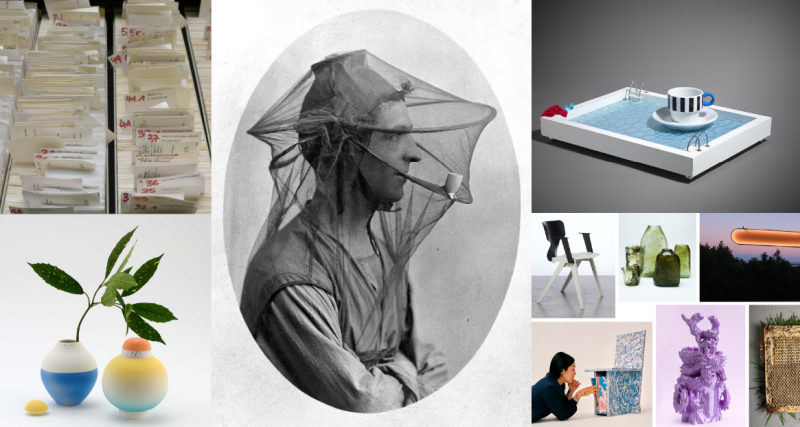
According to Rudolf Clausius's interpretation of the 2nd Law of Thermodynamics, "the entropy of the universe tends to a maximum", thus, one could argue, to avoid that maximum entropy, that maximum disorganisation, work must be undertaken.
And away from the physical systems that underpin life on earth, and which were Clausius's principle interest, we humans have developed all manner of objects and systems to help us better organise our work, our lives, our existences, to stop entropy reaching its maximum. Objects and systems which are Organizing Things principle interest.
Yet, as the Werkbundarchiv - Museum der Dinge imply, the objects and systems we use to create order, to resist entropy, can, potentially, become an end in themselves rather than a means to an end, can, potentially, lead to unreflective actions, automated decisions, unthinking pigeonholing. Can, potentially, become a problem on a par with disorder.
Thus Organizing Things promises to explore not just how and why we order things, the objects and systems we've developed for ordering, but the consequences of that ordering. And that not just in context of our individual private and working lives, but also in context of museums, those locations of professional, near pathological, ordering: in how far do the established ordering systems and practices of any given museum result in what the Werkbundarchiv elegantly refer to as "blind spots"? An important reflection, for what do such blind spots in a museum mean? How can they be avoided? How can they be redressed?
Organizing Things is scheduled to open at the Werkbundarchiv – Museum der Dinge, Oranienstraße 25, 10999 Berlin on Friday May, 20th and run until Monday October 31st. Please check the Werkbundarchiv – Museum der Dinge website for current information regarding opening times, ticketing and safety/hygiene regulations.
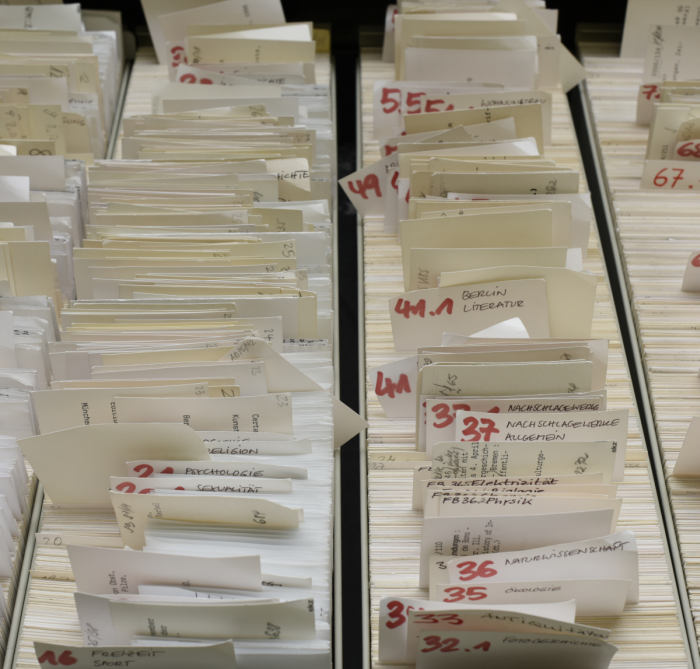
The popular (hi)story of design in the Netherlands largely flows from Art Nouveauists such as, and amongst others, Johan Thorn Prikker, Anna Spikema or H.P. Berlage, on to the inter-War Expressionists of De Stijl or Functionalists such as a Mart Stam or a Liv Falkenberg ....... and then there is a huge gap until in the 1990s Dutch Design bursts into life in the form of, for example, the Design Academy Eindhoven or Droog Design as representatives of a design counter to prevailing positions, counter to prevailing understandings of value, counter to prevailing answers to the form-function complex in the contemporary Netherlands.
But clearly there wasn't actually a gap.
There's just a gap in popular knowledge.
With Cubic 3 Design (1981-1995) the Kunstmuseum Den Haag aim to fill in (part of) that gap with the first major retrospective of Den Haag based Cubic 3 Design a.k.a Ton Hoogerwerf and Gerwin van Vulpen, a duo/studio who, and as the time span of the exhibition title implies, can be most conveniently sited in Postmodernism. But which, as ever, is inarguably far too easy a siting.
Promising a presentation of objects from across the myriad genres the pair worked in, and the neigh-on two decades of their cooperation, Cubic 3 Design (1981-1995) should not only allow Ton Hoogerwerf and Gerwin van Vulpen to reclaim their place on the helix of design (hi)story, nor only help explain one of the paths that took design in the Netherlands towards the critical, humourful, experimental, speculative Dutch Design of the 1990s, but also help design in the Netherlands reclaim its place on design's helix. And thereby enable more probable understandings of the development of design in not just the Netherlands, but further afield.
Cubic 3 Design (1981-1995) is scheduled to open at Kunstmuseum Den Haag, Stadhouderslaan 41, 2517 HV Den Haag on Saturday May 28th and run until Sunday October 9th. Please check the Kunstmuseum Den Haag website for current information regarding opening times, ticketing and safety/hygiene regulations.
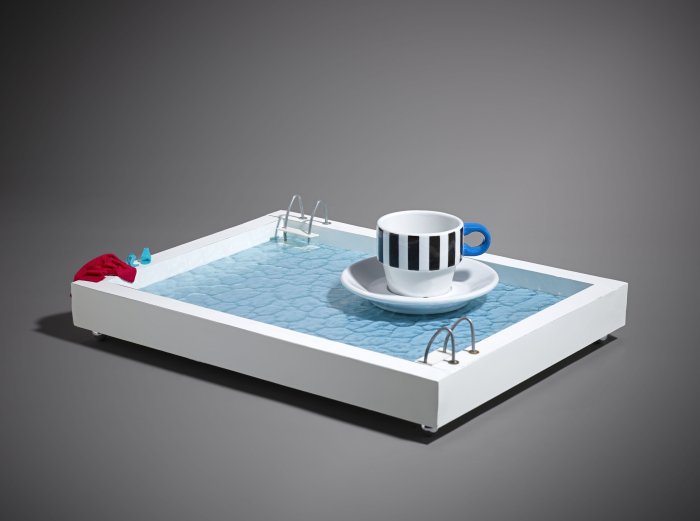
No, CIVA Brussels' new exhibition has nothing to do with the ever entertaining Ugly Belgian Houses; in CIVA Brussels' new exhibition it is not the architecture that is sick, but those who use it.
Although architecture has in many regards always had an association with both health and sickness, has always sought to advance the former while often, inadvertently, promoting the latter, it, arguably, wasn't until the early 20th century when increased understandings of microbiology, infection cycles and hygiene saw the rise of architecture geared towards the specific demands and requirements of healthcare. And from there develop to see architecture become increasingly sensitive and responsive to the evolving understandings of, and developing specific requirements of, the many branches and genres of healthcare, physical and mental. A development, an increased awareness of the relationships between architecture, healthcare processes, healthcare users and human health, that, again arguably, can be seen in architectural responses to the Covid pandemic.
Promising a presentation of architectural and artistic projects (primarily) since the early 20th century by the likes of, and amongst a great many more, Hans Hollein, Vivian Caccuri, Le Corbusier, Elizabeth Diller or Brussels own Victor Horta, Sick Architecture should allow for differentiated perspectives on the relationships between architecture and health provision, and also allow for a survey of where we are, and where we could, should, be in the future. A perspective and survey aided, pun intended, by a freely available online publication developed in context of Sick Architecture.
Sick Architecture is scheduled to open at CIVA, Rue de l’Ermitage 55, 1050 Brussels on Friday May 6th and run until Sunday August 28th. Please check the CIVA website for current information regarding opening times, ticketing and safety/hygiene regulations.
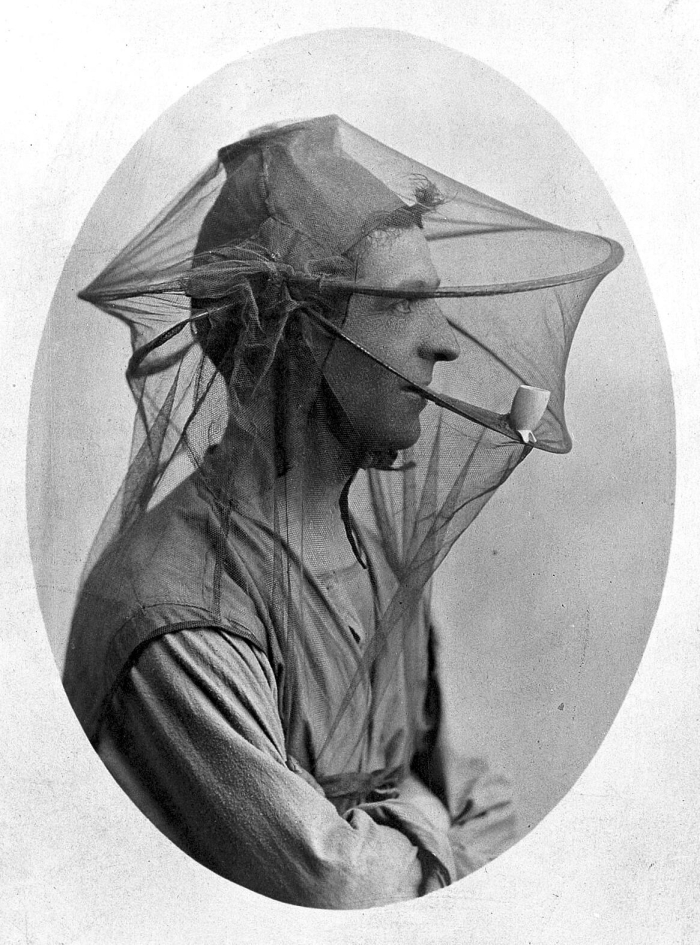
In context of the 2017 exhibition Tod & Ritual – Kulturen von Abschied und Erinnerung at the Staatliches Museum für Archäologie Chemnitz we discussed that whereas in centuries past death was a normal part of daily life, nothing out of the ordinary, in our contemporary European societies death is essentially a taboo, not a subject for polite conversation and small talk. Yet then as now death is also an inevitability; as Malcolm Middleton so deliciously phrases it, "There's a when not an if inside everybody". Even if digital technology and social media do allow for a form of immortality. Whether we want it want it or not.
Promising a presentation of works of art, scientific research and objects of daily use, Der Tod, radikal normal at the Vögele Kultur Zentrum aims to open a forum for discussion on not just death but on our contemporary individual and collective relationships with death, and thereby allow for a questioning of why death is today such a taboo, and if it should be, what would, could, be the consequences of more openly embracing the inescapability of our physical demise? What if, once again, death ceased to be a taboo? What if death once again became a normal part of daily life, nothing out of the ordinary?
Der Tod, radikal normal is scheduled to open at the Vögele Kultur Zentrum, Gwattstrasse 14, 8808 Pfäffikon SZ on Tuesday May 17th and run until Sunday September 18th. Please check the Vögele Kultur Zentrum website for current information regarding opening times, ticketing and safety/hygiene regulations.
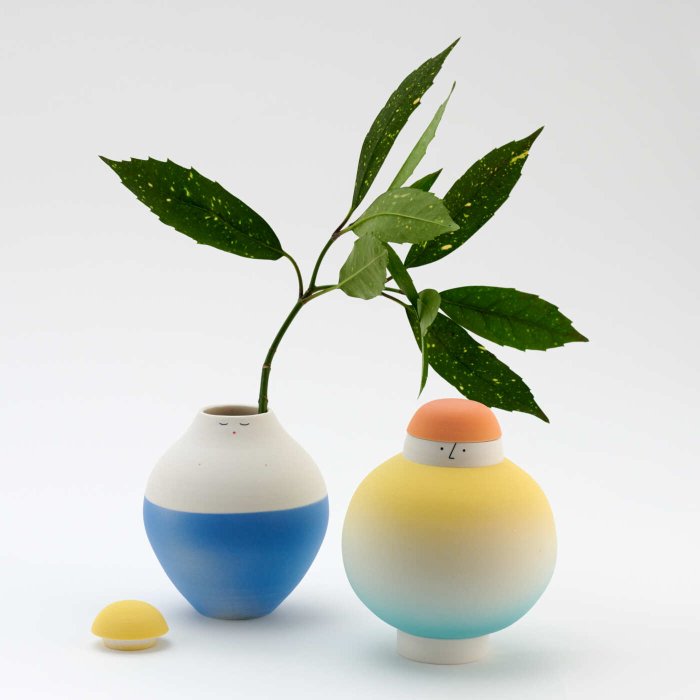
"Tell me", demands the protagonist in 10,000 Maniacs, Poison in the Well, "where to now, if your fight for a bearable life can be fought and lost in your backyard?"
Where to indeed.
Yet for generations human civilisation has been gaily poisoning its own backyards, undermining its fights for a bearable minimum with the waste of consumer culture that promised that bearable minimum.
Where to now?
With the exhibtion It’s Our F***ing Backyard. Designing Material Futures - their asterisks not ours - Amsterdam's Stedelijk Museum promises a presentation of some 80 international projects concerned with materials and production process, some new, some contemporary adaptations of the long established, and projects which for the curators offer the possibility of not just relief from the synthetic plastics that cause so many problems, but also of realigning contemporary and future consumer culture. And thereby a platform for discussions on both future relationships between ourselves, individually and collectively, and our objects of daily use and also the means of producing and distributing those objects.
In addition It’s Our F***ing Backyard promises space for reflection on the relationships between colonialism and the contemporary climate emergency; reflections on the fact that we in Europe f***ed up the backyards of others as a path to destroying our own. A not irrelevant consideration in 2022, for, and as reflected on from Plastic: Remaking Our World at the Vitra Design Museum, the colonialisation that marked, enabled, the rise of the first plastic materials can be effortlessly located in the rise of much of our networked digital future. And what use is cleaning up our backyards with one hand, if the other is spreading more poison?
It’s Our F***ing Backyard. Designing Material Futures is scheduled to open at the Stedelijk Museum, Museumplein 10, 1071 DJ Amsterdam on Thursday May 26th and run until Sunday September 4th. Please check the Stedelijk Museum website for current information regarding opening times, ticketing and safety/hygiene regulations.
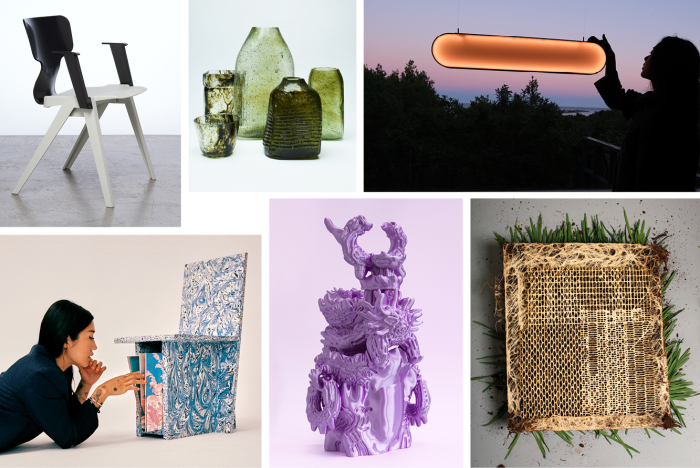
1Friedrich Schiller, Resignation, 1786: "Des Lebens Mai blüht einmal und nicht wieder, Mir hat er abgeblüht"